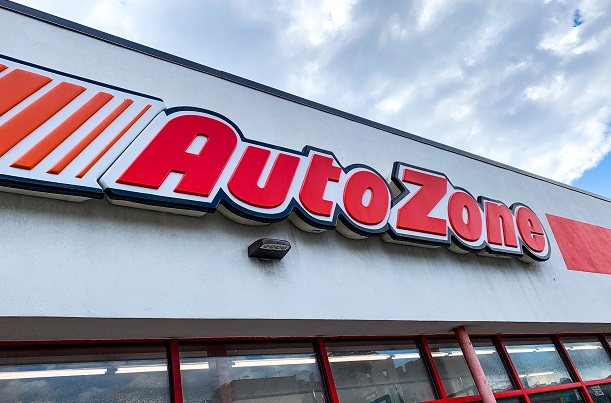Like most brick-and-mortar stores, the auto part retail industry has its eye on online competition. The sector is countering this trend with new strategies and is bolstered by the fact that it is a stable one dominated by a small amount of well capitalized companies that are unlikely to have mass closures. AutoZone, as an example, saw no store closures in Q2 of 2019 and opened 35 new stores.
Another trend favorable to the space: the average length of vehicle ownership has been increasing over the last 10 years and car owners are spending more to keep their current car running as opposed to buying new. To stay competitive, auto part stores have been focused in on two specific clients: the "Do it Yourself" and the "Do it For Me" clients, according to Chad Firsel, founder of the Chicago-based Quantum Real Estate Advisors.
The auto parts sector is, in short, still a good play for net lease investors, Firsel tells GlobeSt.com. "With cap rates increasing ever so slightly for tenants such as AutoZone, O'Reilly's and Advance Auto, investors will be able to acquire investment grade credit at higher yields," he says. Out of the five major players in the auto part industry, three companies saw an increase in cap rates from 2018 to 2019: Advanced Auto is up 56 basis points from 6.64%, Auto Zone is up 41 basis points from 5.79% and O'Reilly is up 37 basis points from 5.93%.
Also, auto part retail buildings as investments have proven to be relatively liquid with three of the five major players real estate having been less than 6 months on the market in 2019, he says.
At the same time the big companies are posting solid sales. AutoZone saw Q2 2019 store sales increase 3.9%, with net sales of $2.8 billion, a 4.6% increase from the prior year. Advance Auto Parts saw Q2 2019 sales increase to $2.35 billion. "Despite flattening earnings growth in 2018, 2018 saw continuous year-over-year growth throughout the auto industry," Firsel says.
© Touchpoint Markets, All Rights Reserved. Request academic re-use from www.copyright.com. All other uses, submit a request to [email protected]. For more inforrmation visit Asset & Logo Licensing.








